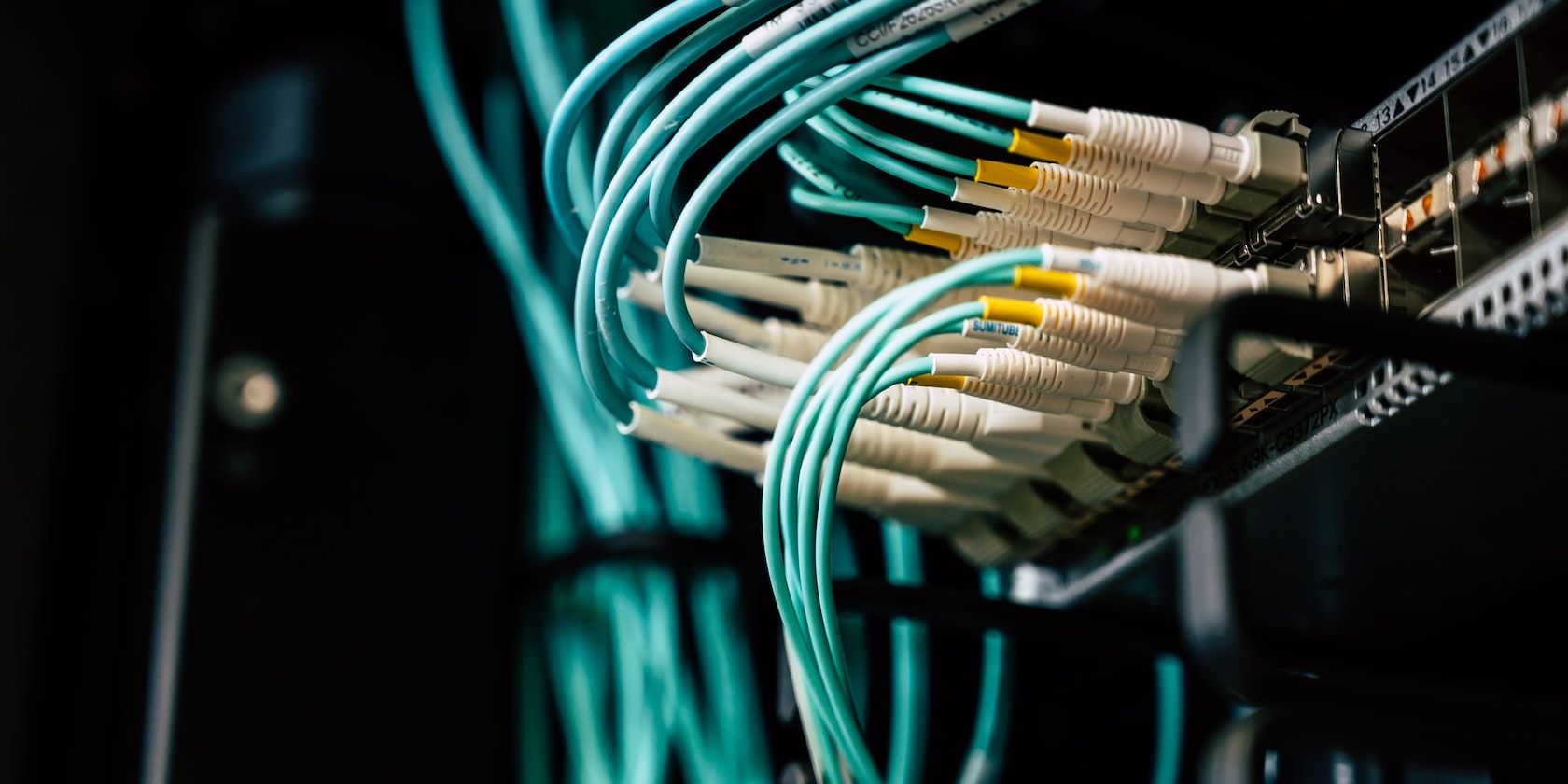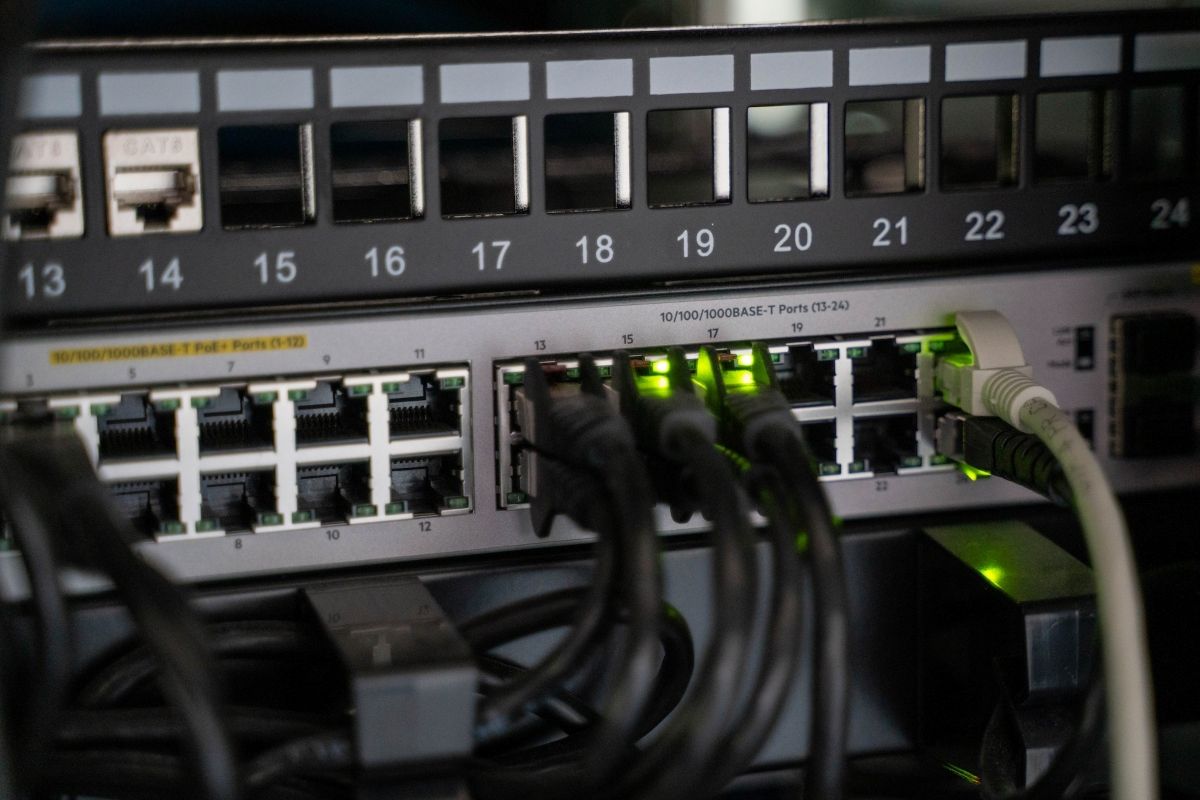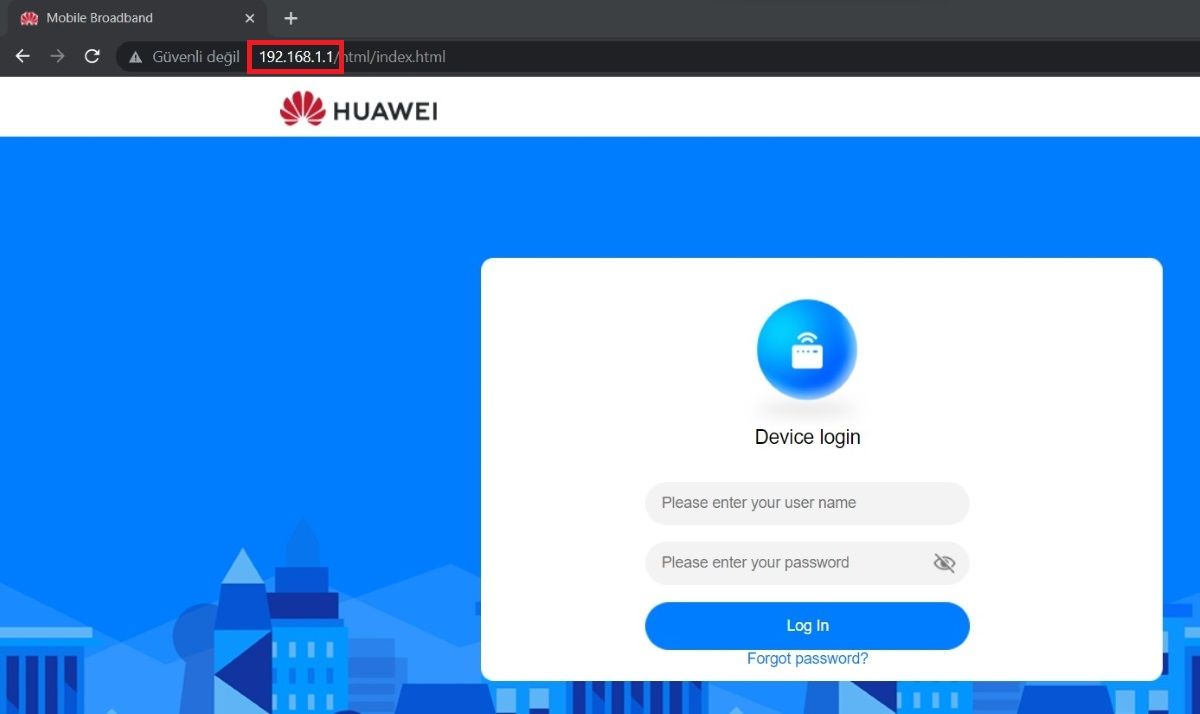Routers: they're small boxes in the corner of your home that you forget about; and only remember when your internet connection is lost. These play an important role in your security. These devices connect you to your internet service provider. They also connect your devices to a local network.
So how can you ensure the security of your router? It's not as difficult as it may sound.
What Is the Difference Between a Modem and Router?
But first, you need to know the differences between a modem and a router. No, they're not exactly the same thing.
A modem (a combination of the words "modulator" and "demodulator") is a device that provides data transfer with the connection established between two points. ADSL and VDSL technologies also connect you to your internet service provider. Although they are typically disappearing, many countries continue to use these technologies widely due to the lack of fiber optic infrastructure.
A router is hardware that divides a network into subnets and regulates the traffic between them. Although it's only little, it's in charge of creating and regulating wireless connections to your devices.
Nowadays, devices used as modems in everyone's houses also operate as routers. But you can also buy the modem as a separate piece of hardware and connect it to a router.
Why Do Hackers Target Routers?
The fact that routers dominate your internet connection and local network (your internal network, i.e. where your devices can see each other) makes them an important part of your security. A cybercriminal who can control your router can perform many attacks, such as:
- Monitoring and recording devices connected to your local network.
- Monitoring your internet connection and unencrypted communications.
- Redirecting to fake sites that further threaten your security.
- Hacking and attacking other devices on your network.
- Having unauthorized access to storage devices and files.
Many users have been hacked via their routers, so you certainly need ot take the threat seriously. The main reasons for these attacks are:
- Bad security practices by router manufacturers.
- Insecure and unapproved remote access ports that internet service providers open to routers.
- Vulnerabilities in devices that are not updated or no longer receive updates.
People think of a router as something insignificant, but this is simply not the case.
How to Improve Your Router Security
You can ensure the security of your router(s) with some simple precautions and changes.
1. Change Your Router and Modem Interface Password
Every device on your network can access your router with a web browser. It can even change your device's settings after this access. Many routers come with standard default passwords, so it is necessary to change this setting as soon as possible.
Most routers use the address 192.168.1.1, although some may differ. When you enter this address in the web browser on your device, a login page will appear. After logging in with the standard password of your device, you can change this password from the settings tab.
2. Secure Your Wi-Fi Passwords
Your Wi-Fi home network can extend hundreds of meters away with radio waves, so someone you don't know could access your network. Many people know how important Wi-Fi security is. But no one wants to give a long (and thus, secure) password to guests who come to the house. That's why they prefer catchy and simple passwords.
Nonetheless, you need to make your Wi-Fi password strong. A random password of 16 or 24 characters long, consisting of punctuation marks, upper and lower case letters, and numbers will do.
The encryption algorithm used by your wireless network should also comply with today's requirements. WEP is no longer considered secure. It's now a relatively easy security measure to circumvent. It's safer to use modern WPA2 or WPA3 encryption, instead of WEP.
You should not add unknown devices to your network, even if they are used by guests you trust. Some routers can create "guest" networks that only provide internet connectivity. If your device has this feature, you should use it. In addition, if you want to easily share your password with family and friends, you can create QR codes they can easily scan and connect via.
3. Do Not Use Wi-Fi if Possible
Even if Wi-Fi is convenient, it opens your device to the outside world. This can make you vulnerable to hacking, especially as hardware and software can have unknown vulnerabilities.
Wired connections provide a much more stable link. If you do not need to use Wi-Fi, use the device you want to with a wired connection. This also prevents many malicious websites that do not care about people's privacy from using and saving your network location.
4. Limit Physical Access to Your Devices
Since one of the critical devices is the router, it is risky for it to be out in the open. Keep your device out of sight and in a place that is not easy to access. Then, malicious actors cannot gain direct physical access to your device, and so, you increase your security.
5. Update Your Device
Router manufacturers periodically release new updates for routers. Unfortunately, makers of some cheap and poor-quality products do not issue the necessary security updates. A device left running older versions of software is under threat from many security vulnerabilities.
You can check the update options by entering the administration panel of your device. Or you can check the latest software available for your model from the manufacturer's website. If your manufacturer no longer supports your device, you can update your device with open-source software or get support by switching to a newer model.
Remember: everything needs to be updated regularly because everything is connected. One unpatched device could cause wider problems.
Free Software for Your Device
The security measures you can take to secure your router are worthwhile but limited. Manufacturers should take the necessary care and produce safe devices, and it's up to users to support companies taking security seriously. Otherwise, the best solution to this situation is taking advantage of free software. You can significantly increase your security by updating certain hardware with current free systems.



